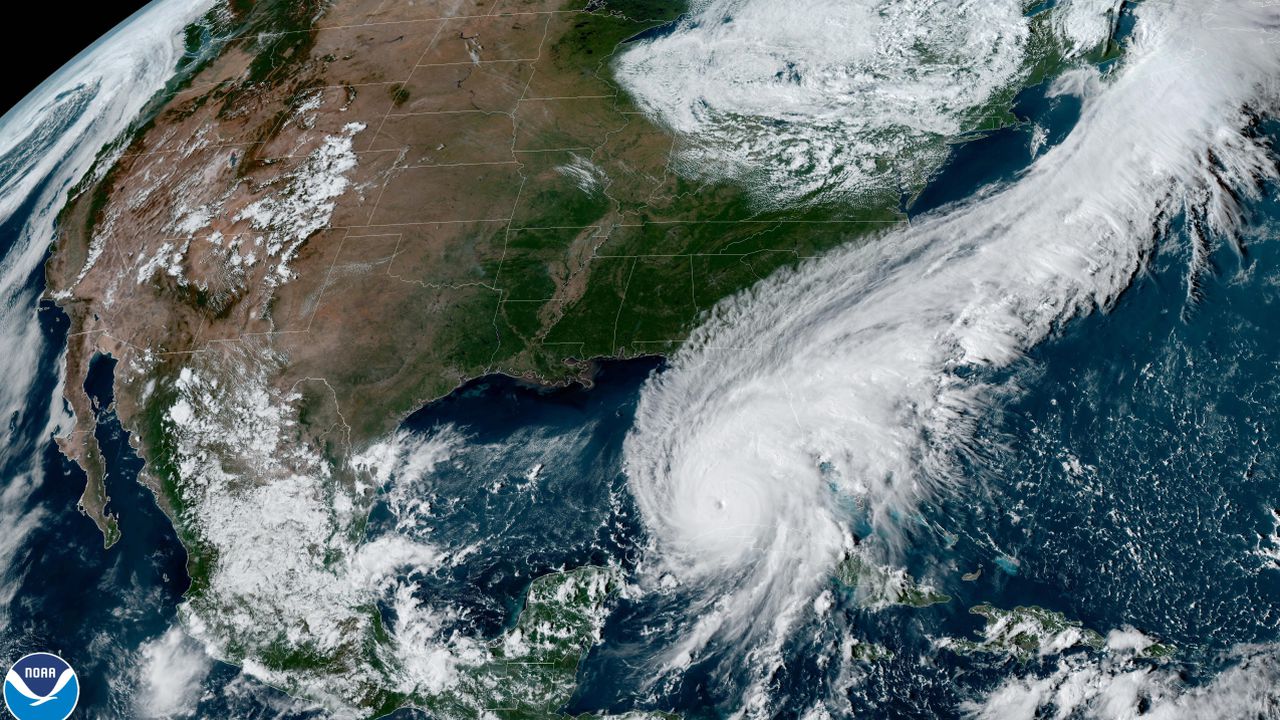More hurricanes? CSU reverses course in forecast update
Will there be more hurricanes in the Atlantic than expected in 2023?
Some forecasters may be starting to lean in that direction.
Colorado State University released a 2023 Atlantic hurricane forecast update on Thursday and made a substantial change.
CSU, which has been in the hurricane forecasting business for more than three decades, is now suggesting that an above-average number of tropical storms and hurricanes will be possible before the season comes to its official end on Nov. 30.
CSU’s first hurricane outlook, released in April, forecast a slightly below-average season as far as the number of storms goes.
However, at the time researchers cautioned that larger-than-normal uncertainty was included in that forecast.
The amount of uncertainty hasn’t changed, but the forecast has. The latest update, on Thursday, now suggests there could be:
* 18 named storms (earliest forecast had 13)
* Nine hurricanes (earliest forecast had six)
* Four major hurricanes (earliest forecast had two)
The researchers noted that the latest forecast includes the unnamed subtropical storm in January and Tropical Storms Arlene, Bret and Cindy in June. There have been no storms in July so far.
“While there remains considerable spread in our model guidance this year, the model guidance has continued to shift upwards towards a very active season, necessitating a significant increase in the forecast numbers with this update,” researchers said in Thursday’s report.
CSU released its earliest outlook in April and followed it up with an update in June.
Why are the numbers going up? The CSU team, led by Dr. Philip Klotzbach, noted water temperatures in the tropical and subtropical Atlantic are at record levels.
That could counteract the presence of El Nino, a climate phenomenon that tends to lessen the number of storms in the Atlantic thanks to increased wind shear, which can tear storms apart.
The CSU forecasters added that: “The probability of U.S. major hurricane landfall is estimated to be above the long-period average.”
Here are CSU’s probabilities for a major hurricane strike on the U.S.:
* Entire continental U.S. coastline: 50 percent (full-season average from 1880–2020 is 43 percent)
* U.S. East Coast Including Florida peninsula (south and east of Cedar Key, Fla.): 25 percent (full-season average from 1880–2020 is 21 percent)
* Gulf Coast from the Florida Panhandle (west and north of Cedar Key, Fla.) westward to Brownsville: 32 percent (full-season average from 1880–2020 is 27 percent)
Does that mean the U.S. is in for a hurricane landfall? Not necessarily, but forecasters always encourage those along the coast to prepare each season for a hit, just in case.
The longstanding meteorological mantra is: “It only takes one,” and the CSU report echoed that philosophy on Thursday.
On the flip side, however, forecasters added this:
“It is also important that the reader appreciate that these seasonal forecasts are based on statistical and dynamical models which will fail in some years. Moreover, these forecasts do not specifically predict where within the Atlantic basin these storms will strike. The probability of landfall for any one location along the coast is very low and reflects the fact that, in any one season, most U.S. coastal areas will not feel the effects of a hurricane no matter how active the individual season is.”
The Atlantic hurricane season began June 1 and ends Nov. 30. An average season, according to NOAA, has 14 named storms, seven hurricanes and three major hurricanes.
NOAA’s hurricane outlook, released in late May, suggested there could be 12-17 named storms (that includes tropical storms and hurricanes), five to nine hurricanes and one to four major hurricanes (Category 3 or stronger storms).
See the full Colorado State University report here.
